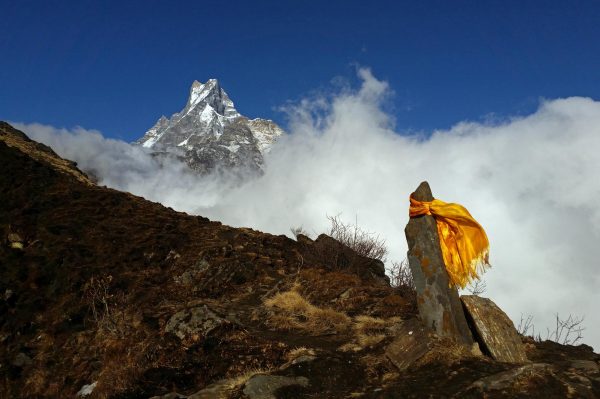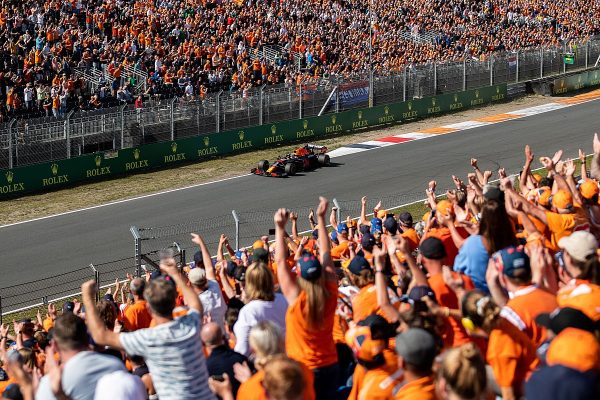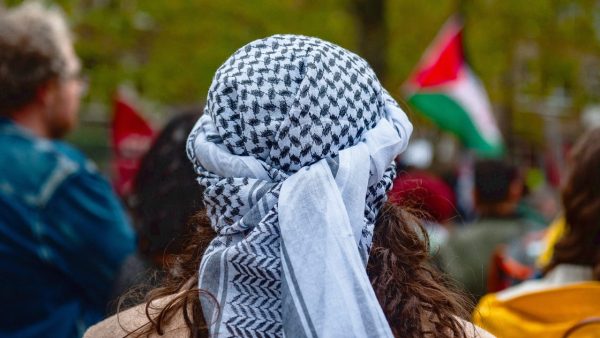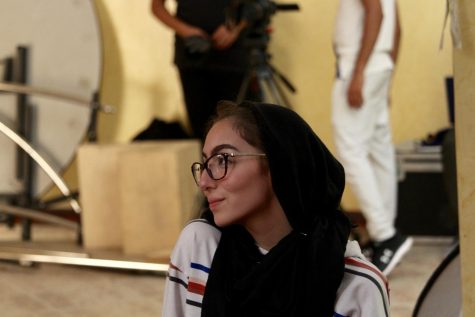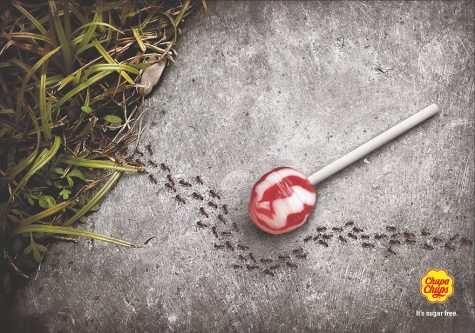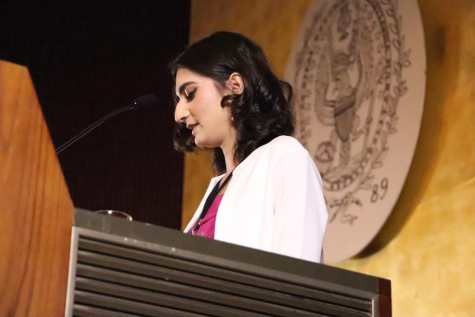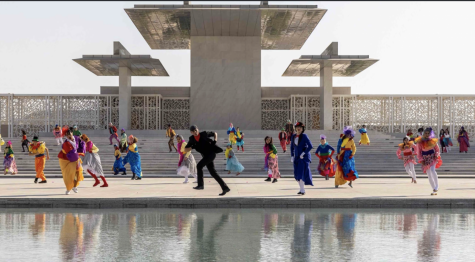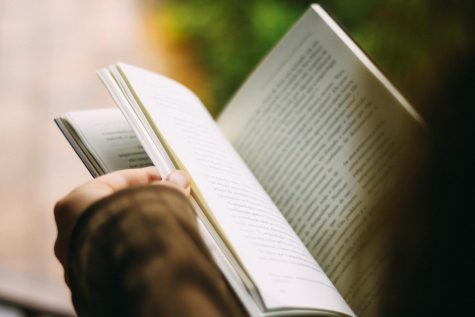Eid across Cultures and Countries

Education City’s students are a diverse and vibrant community, and they also celebrate Eid in various unique ways. Read here about how some of our students celebrate this annual occasion.
Celebrating Eid in America – Amal Ahmad, American Muslim
Eid was always an excuse for me to skip school, but it was never an excuse for me to sleep in late. I’d hear my alarms go off, hear my parents moving around the house at six in the morning, and twice a year, I’d actually be excited to drag myself out of bed and start getting ready.
After a big breakfast with the whole family, an obligatory fight with my sister for the bathroom that we shared, and a flurry of ironing and searching for matching scarves and shoes, we would always head out for the Eid prayers. When I was little, before Eid al-Fitr fell during Dallas’ hot summer months, the local masjids would organize prayers in a giant hall on the fairgrounds where the annual state fair takes place. Thousands of festively and colorfully dressed Muslims flocked towards the temporary prayer hall, and after parting ways with my dad, my sister and I would follow our mom towards the women’s entrance, trying to find our friends among the crowds– and keeping an eye out for the volunteers distributing goody bags as well.
After the prayers ended, the day long party began. Dressed in new shalwar kameez, the traditional South Asian dressing, that my grandmother sent us from Bangladesh, we’d hop from house to house, visiting family friends and sharing food and desserts, catching up with people we saw at school and work or friends we only saw twice a year during Eid. We’d eat tiny spoonfuls and portions of delicious curries and biryani, kabobs and parathas, gulab jamun and mishti doi all day, paying no attention to the usual rules: dessert for lunch is always ok on Eid.
But Eid in America isn’t like Christmas—if it fell on a weekday, my sister and I knew we couldn’t take more than a day off from school and so we’d come home in the evening and rush to our rooms to finish our homework for the night so we could watch a movie (or two) before bed.
Bringing those together away from home – Shahan Ali Memon, on-campus resident
After coming to college, this will be my sixth Eid outside of Pakistan and in Qatar. Eid away from home and family is very different. On a typical Eid day here, I, along with most of the residents in the dorms, would go for the prayers as early as 4 a.m. I work as a Community Development Advisor at Housing and Residence Life, and students get pretty nostalgic around this time of the year, so other CDAs and I try to organize two to three Eid events around the year to help residents be involved and around each other. For the last few Eids, right after the prayers we would do an Eid breakfast for the residents to come together, say “Eid Mubarak” to each other and sit and talk.
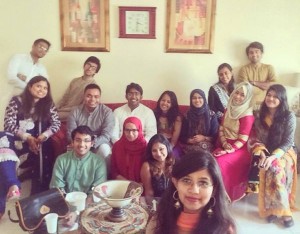
After breakfast, I would just go to my room, Skype with my family, show my mom my clothes and see what my siblings got for Eid. My friends who live in Qatar are quite generous, and so every year they would invite me and other friends over for Lunch. Following the tradition back home, we would buy some sweets or chocolates on our way to their place. After the delicious lunch, we would play Mafia or the South Asian favorite ‘Antakshiri’ – a spoken parlor game in which you sing songs. Furthermore, every year there is a tradition in the housing community to do a one-dish party. So in all my remaining time, I’d be busy either shopping for the right ingredients or cooking with them. The last two Eids, I have been on a 24-hour CDA duty for the first or second day of Eid. So, it’s definitely not as ideal as back home, but I try to keep myself busy to avoid being homesick.
Eid and the family traditions – Medina Ali, Bangladesh
In Bangladesh, this Eid is commonly known as Korbani Eid, unlike other south-Asian countries, where it is known as Bakri Eid. This is mainly because of the popularity of sacrificing a variety of cattle, rather than just goats.
As I grew up, I came across the different trends in purchasing and sacrificing cattle. While cows and goats are the most popular ones, at times people would sacrifice camels, just for the sake of being unique or to create a hype! Although my family practiced the basic rituals of Eid-Al-Adha, the way we celebrated it was pretty different.
Most people celebrated Eid in their village homes, but my family celebrated in the city.
I come from a huge joint family, where the tradition is to only sacrifice goats and some sheep. People in the same society were usually surprised because cows were more popular and symbolized wealth. However, my family is originally from the rural areas of Dhaka, widely known as Joypara Dhaka, that had a huge number of Hindu localities, so my grandfather avoided eating beef, and started the trend of not sacrificing cows on Eid-Al-Adha.
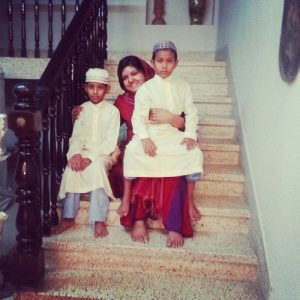 Funnily, however, to compensate for our ability to afford expensive cattle, our family started the tradition of sacrificing as many goats as the total number of family members. Therefore, each year the number of goats that are sacrificed equate the number of family members in the Ali family, new born and dead included. My family would end up having around 70 goats or more.
Funnily, however, to compensate for our ability to afford expensive cattle, our family started the tradition of sacrificing as many goats as the total number of family members. Therefore, each year the number of goats that are sacrificed equate the number of family members in the Ali family, new born and dead included. My family would end up having around 70 goats or more.
Watching so many goats come in and playing with them were the highlight of Eid-Al-Adha during my childhood. I remember that I grew so much attachment with a goat once that, I stopped eating goat meat or lamb for about nine years. I hated watching the sacrifice, and I would be surprised by how so many packets of red meat would be rapidly made and distributed among hundreds of people lining up outside the gate of Ali Villa. Something that I used to love was that people from all religion would line up, because we did not sacrifice cows – Muslims, Hindus and Buddhists. I loved this respect towards equality that was and still is indirectly practiced by my family.
Values of Eid were important us, but we couldn’t avoid the fact that delicious food was equally important. I remember that behind all the generosity, my brother and I would wait for delicious beef, coming from my relatives. We would eat fresh kebabs with paratha, various meat curry with pulao. Eid-Al-Adha, is a special celebration for us, because it is the second celebration that taught me about charity, sharing and having good times with friends and family.
Slaughtering animals only after the King slaughters his – Ettaib El Marabti, Morocco
On Eid day, everyone goes into prayer right after breakfast. We follow the King’s timing on this day; usually no one slaughters their sheep until the King does it too. This is broadcast on national television so people can follow along. Once the King slaughters his animal(s), everyone else does it too.
I’ve seen people sharpening their knives a week before Eid. They usually perform this themselves, or, if they don’t know how, they pay a professional.
We slaughter the sheep at home, unlike in Qatar where that isn’t allowed. It’s done in backyards or if there’s no space, then on roofs. Often times, a sheep gets stuck in an odd place, like a space in the roof or someone’s gate. It’s hilarious to see and people make and pass around a lot of these videos.
Everyone slaughters an animal. Even poor people. If they can’t afford a sheep, it is donated to them by other better off members of society.
We don’t eat meat on the first day of Eid. Usually, we grill the liver and lungs and then start eating on the second day.
And I don’t just celebrate with my nuclear family. Everyone gathers at an elder’s house and there we talk, connect and catch up and continue the Eid tradition in this way.
Sacrificing animals at home – Rhytha Zahid Hejaze, Pakistan
Wearing a frock, I stood outside my house ready to observe the goats’ slaughter.
“Rhytha, watch the goat,” my brother said, handing over the leash. “I’ll be back.”
I waited a while before I decided to walk down the street to find my brother. But as I walked, the goat walked faster. As I walked faster, the goat ran. Fifty meters in, I let go of the leash.
I was only 7-years-old.
Like every Eid al-Adha, I’d woken up early to watch the sacrifice, from the time the butcher said “Allahu akbar” and slit the goat’s throat to the time the goat got chopped in pieces and put in plastic bags in three different portions: one for the poor, one for relatives and one for us.
“Why do we hang the goat?” I asked one Eid day, as the butcher tied a goat upside down to one of the bars of our garage gate.
“So the blood could ooze out,” dad said.
After helping the butcher chop meat, dad would hand out bags of meat to the poor who’d knock on the garage gate. Skin collectors would collect goatskins. The butcher would burn hair off the goats’ heads and hooves. The garage floors would get washed and rewashed. Mama would cook the goats’ livers, hearts and kidneys.
I’d spend the rest of the day dolled up in front of the TV, eating meat and occasionally peeking out of the window to watch my neighbors wrestle livestock to the ground.
Bosnian sweets and overeating – Amina Nisksic, Bosnia
Eid in Bosnia represents the most beautiful time of the year. I always look forward to this wonderful holiday because it brings my family together. Preparations for the Eid start at least three days up front. My mother and I always have to make sure that the house is absolutely glowing. We actually enjoy cleaning and cooking since the pleasant smell of traditional dishes becomes noticeable in the air. My mother loves making sweets for the Eid such as hurmasica, the traditional Bosnian biscuits and baklava, a sweet pastry dish. We also make sure that our Eid outfits are ready, since this holiday is the perfect occasion to dress up.
The night before the Eid, we go to sleep satisfied knowing that we set everything for this big day. At the day of the Eid, we all wake up very early and start congratulating our closest family members. Then, we have our Eid breakfast as we plan our day. We always visit family, and overeat of course, because our aunt refuses to hear that we have had 5 baklava cakes already, and she makes us eat more. The entire day is filled with laughter and joy, because my small cousins usually make everyone play with them. At 6 or 7pm, we return home, and then I get ready for going out to city with my friends. My hometown Sarajevo is very lively during the Eid since the streets are filled with people walking in the most beautiful outfits and music can be heard from everywhere.
This is my second Eid away from home, and I must say that this is the time when the immense feeling of homesickness sets in.



